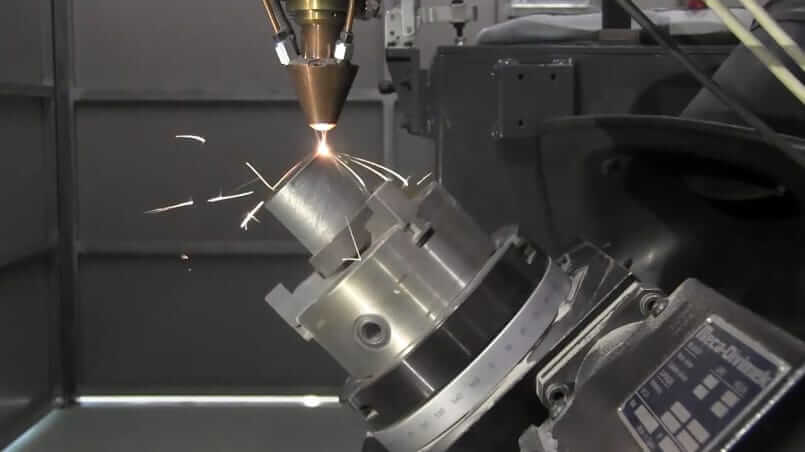
After highlighting two of the three main technologies in additive metal manufacturing, the time has come to present the latest technique: Laser Cladding.
Laser Cladding consists of melting, directly, metallic powder, having previously projected it onto the surface of a base or substrate. Depending on its final use, or, saying in other words, on the characteristics of the piece on which it is to be used, the powder can be of ceramic or metallic origin.
This additive manufacturing technology, on a par with those mentioned above, uses metal as a raw material, melting only a small layer of the substrate, and obtaining deposits that conserve the properties of the metal. The dilution obtained is minimal and therefore, Laser Cladding is mainly used to improve the characteristics of a part, or even to restore it.
This technique is not used alone, but acts as a complement to other manufacturing technologies, solving problems related to porosity, thermal distortion or difficulties in processing very specific areas of a particular piece or tool.
Apart from these positive characteristics, it also allows to eliminate the mistakes of surface treatment with material contribution.
There are three main areas of industrial application of this technology:
The main sectors that are incorporating this solution are Aeronautics, Automation and Renewable Energies.
Laser Cladding and the BDIH
In the Basque Country, there is a great deal of knowledge and experience in the application of this technology in manufacturing processes.
At the University of the Basque Country, there is a LMD System for Additive Manufacturing by the AKTINOS 500 Laser Cladding, a 5-axis system with a working volume of 600x400x400mm and a capacity of A± 110°/C360° rotary axes. The services offered by the asset include the design of filler nozzles, advice on the fine-tuning of material filler systems, design and sizing of equipment; comparative analysis of the LMD process against other additive manufacturing processes; characterisation of mechanical and metallurgical properties, process capabilities and requirements; additive manufacturing of structures by means of LMD in different alloys and geometries; customised training in LMD technology, applications, equipment, programming, strategies, handling and management of dust; and the improvement of tribological properties of complex components by means of laser contribution for the improvement of tribological properties (friction, thermal,…) by means of the contribution of ceramic materials.
Tekniker, on the other hand, has a Robotic Cell for the construction of large components by concentric wire deposition, which allows a 3D metallic impression of large parts by Laser Cladding on wire – the robotic cell works with 6 degrees of freedom, has an additional tilt and turning table for the construction of large components (up to 1m3 in volume approximately) at high deposition rates of up to 6kg/h. The services offered by the asset include the construction of large 3D geometries; the demonstration of large component construction by concentric wire deposition; the development, testing and validation of equipment and special technology (heads, optics) for deposition in special environments or geometries; the adaptation of machinery for the inclusion of wire deposition heads by LMD; the development of deposition parameters and strategies for LMD in wire of new metal alloys; the subsequent testing (metallography, fatigue, mechanical characterization, etc.); the development of closed-loop control systems for geometric and thermal control of the deposited material and practical training in the whole process (design, calculation, material analysis, process, coatings, NDT) of construction of large components by concentric wire deposition.
Here is just a sample of how the BDIH¨s Additive Manufacturing node allows Basque companies to incorporate new models, concepts and techniques in the way they produce their parts and products.
If you are interested in exploring what the node offers, follow this series of articles on Additive Manufacturing 4.0 where we tell you in detail what its capabilities, assets and services are in a practical and personally tailored way.
Contact the BDIH to find out how we can bring your company closer to the solutions that interest you most.
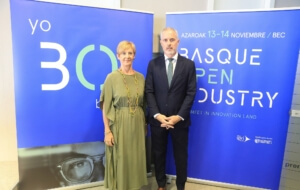 27 September, 2023
Digitalisation
27 September, 2023
Digitalisation
 5 October, 2021
Digitalisation
5 October, 2021
Digitalisation
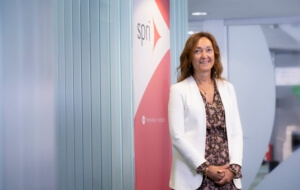 5 October, 2021
Digitalisation
5 October, 2021
Digitalisation
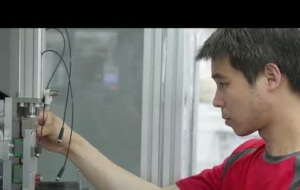 1 October, 2021
Digitalisation
1 October, 2021
Digitalisation
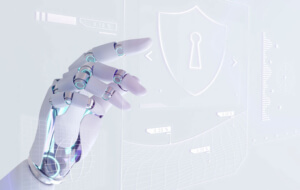 30 September, 2021
Digitalisation
30 September, 2021
Digitalisation
For SMEs, for diversifying markets, internships abroad, international tenders, non-reimbursable subsidies to consolidate exports, subsidies for deployments or specific training in internationalisation.
You’re interested, right?